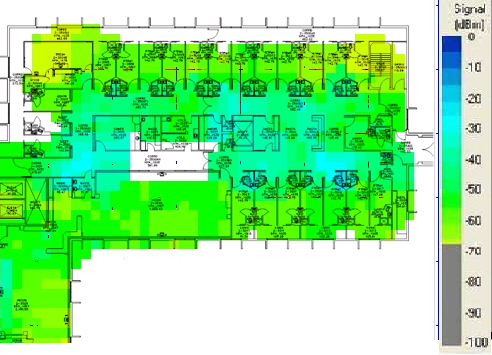
To help you to identify sources of interference, you can perform a spectrum analysis during the pre-installation and post-deployment phases. To optimize the performance of your wireless network you must be able to identify, locate and avoid sources of interference. Interference caused by Wi-Fi or non-Wi-Fi devices can greatly reduce performance of wireless networks.


If the noise level is too high, it can degrade the strength and performance of your wireless signal.The noise level indicates the amount of background noise in your environment. For example, -41 dBm is a stronger signal than -61 dBm. The closer the value is to 0, the stronger the signal.Signal strength is represented in dBm format (0 to -100).Strong signal strength results in more reliable connections and higher speeds.

The signal strength is the wireless signal power level received by the wireless client.
#USE A MAC AS AN RF SCANNER FOR WIFI PLANNING INSTALL#
To make sure that all users in your environment receive a strong wireless signal, consider these guidelines when you install your WatchGuard APs. Wireless Signal Strength and Noise Levels In this section, you determine where to put the APs and the wireless channels to use. With the information in the capacity planning section of this guide, you can determine how many APs are required for specific deployment use cases. AP Placement and Channel Plan Best Practices


 0 kommentar(er)
0 kommentar(er)
